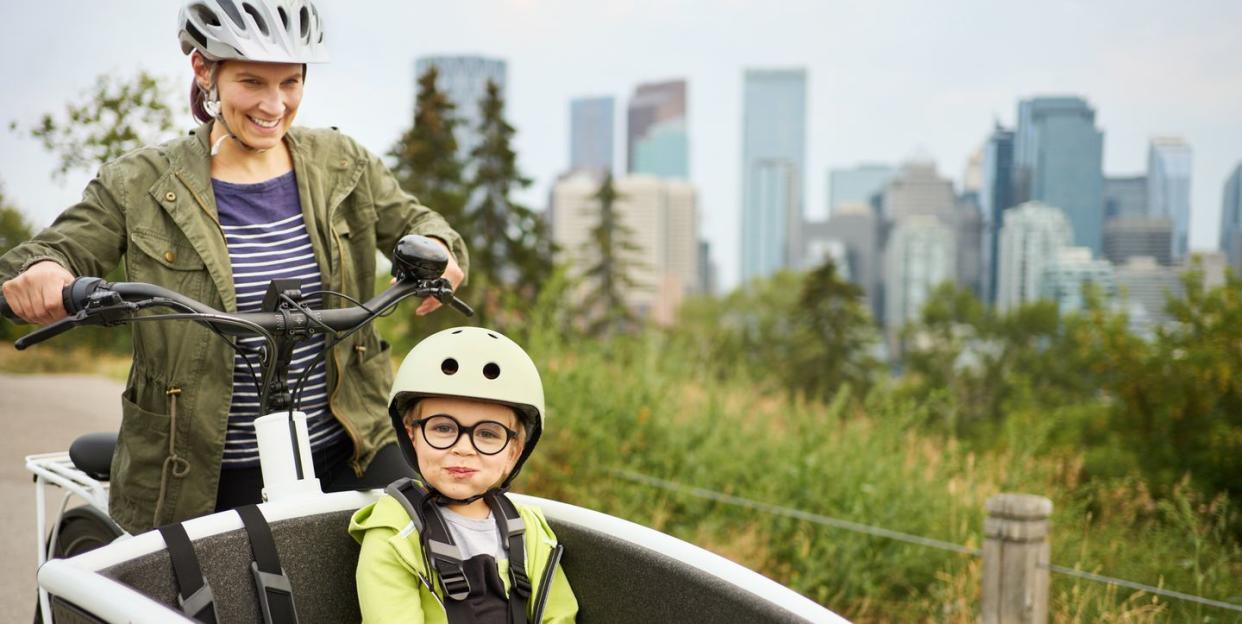Leaders From 60 Countries Asked: How Do We Make Cities Better for Cyclists?

Leaders from more than 60 countries gathered recently for the Velo-City conference to learn about and share strategies for improving the world’s cycling infrastructure. With dozens of different sessions, they were able to not only talk, but also see different models in action.
The keynote speaker, Carlos Moreno of the Sorbonne University-IAE Paris, is the founder of the “fifteen-minute city” concept. His idea revolves around the notion that cities should be built so that residents can do all of their shopping and errands—everything they need—within a 15-minute walk or bike ride.
What are some of the takeaways from Velo-City?
Some solutions are easier than others, and make a huge difference. Things like keeping bike path markings universal and all the same color, makes it easier for those who have visual impairments. When markings change color or form, it can get confusing and difficult to follow. Bike paths that are clearly marked, without confusing signage, encourage more riders to use them.
Also, knowing that not all people are the same is crucial. Streetsblog reported that in the “Women in Cycling” session, moderated by the European Cycling Federation’s Jill Warren, participants discussed important questions around diversity and inclusivity to better understand the needs of women and other marginalized groups.
Because while many will argue that bike infrastructure works the same for all people, that’s simply not true. Significantly more women ride when protected bike lanes are present, rather painted lines where they’re still sharing the road with vehicles.
E-cargo bikes are a hot topic
Thinking about cargo bikes as a real solution for traffic was an especially hot topic. Electric cargo bikes have advanced to the point that they can haul almost anything. Anna Holligan of the BBC was there, to talk about how modified cargo bikes can facilitate anything from a full broadcast studio to a replacement for delivery trucks. Imagine a downtown without delivery trucks making dangerous turns at every intersection, or blocking bike lanes entirely.
Seeing is believing
Besides talking, participants also got the opportunity to ride bikes quite a bit. There was an epic bike parade through the streets of Leipzig, and attendees had the option of taking a technical tour to learn about the infrastructure already in place around the city. After all, seeing is believing.
One of the most important lessons discussed was how to get as many people involved as possible. Major changes to routine and infrastructure often seem daunting and difficult, but with involvement from relevant stakeholders, the future can be much safer, healthier, and more sustainable, around the world.
You Might Also Like

